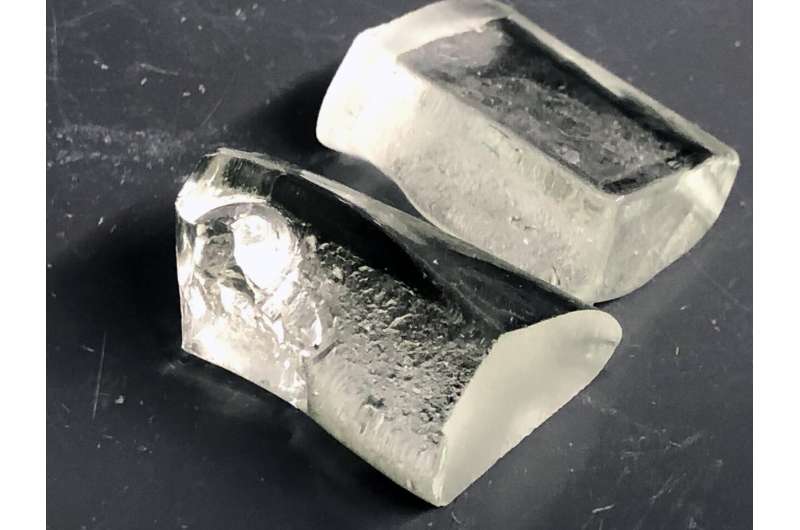There is no end to what human beings can go out and achieve, but at the same time, there is still little we do better than growing on a consistent basis. This tendency to improve, …
There is no end to what human beings can go out and achieve, but at the same time, there is still little we do better than growing on a consistent basis. This tendency to improve, no matter the situation, has already fetched the world some huge milestones, with technology appearing as a rather unique member of the group. The reason why technology’s credentials are so anomalous is purposed around its skill-set, which was unprecedented enough to realize all the possibilities for us that we couldn’t have imagined otherwise. Nevertheless, a closer look should be able to reveal how the whole runner was also very much inspired by the way we applied those skills across a real world environment. The latter component was, in fact, what gave the creation a spectrum-wide presence and made it the ultimate centerpiece of every horizon. Now, having such a powerful tool run the show did expand our experience in many different directions, but even after reaching so far ahead, this prodigious concept called technology will somehow keep on delivering the right goods. The same has grown to become a lot more evident in recent times, and assuming one new discovery ends up with the desired impact, it will only propel that trend towards greater heights over the near future and beyond.
The researching team at Pennsylvania State University has successfully developed a new type of glass called LionGlass, which requires much less energy to produce, and therefore, emits far lower amounts of carbon dioxide. To understand the significance in play here, the glass manufacturing industry alone, at the moment, is responsible for producing more than 86 million tons of carbon dioxide every year. Apart from the climate angle, the stated new glass is also understood to be more damage-resistant than the standard soda lime silicate glass. But what helps LionGlass in actually setting itself apart? Well, you see, the standard soda lime silicate glass is made by melting three primary materials: quartz sand, soda ash, and limestone. Now, given how soda ash is basically sodium carbonate and limestone is calcium carbonate, their link-up does everything in the book to conceive huge amounts of carbon dioxide. Furthermore, as melting the glass requires high temperatures, the energy directed towards heating furnaces ends up releasing more of such emissions so to make the matters worse. Fortunately, LionGlass doesn’t require such an environmentally-exhaustive approach. In numerical terms, it cuts back on the temperature by a whopping 300 to 400 degrees Celsius, something which instantly leads to a roughly 30% reduction in overall energy consumption. Moving on to the glass’ damage resistance capabilities, the tests conducted so far have showed even a one kilogram-force load from a Vickers diamond indenter failed to put a crack in LionGlass, let alone break it.
“Damage resistance is a particularly important property for glass. Think about all the ways we rely on the strength of glass, in the automotive industry and electronics industry, architecture, and communication technology like fiber optic cables. Even in health care, vaccines are stored in strong, chemically resistant glass packaging,” said John Mauro, Dorothy Pate Enright Professor of Materials Science and Engineering at Penn State and lead researcher on the project.
Another thing worth a mention in reference of LionGlass strong damage-resistance, it further affords us a possibility to create thinner lightweight glasses and make them more prevalent than their heavier and less-convenient counterparts.
For the immediate future, though, the plan is to expose the various compositions of LionGlass to an array of chemical environments and study how it reacts to each one. Once that bit is done, the results should tell us more about possible use cases for LionGlass throughout the spectrum.
“Humans learned how to manufacture glass more than 5,000 years ago and since then it has been critical to bringing modern civilization to where it is today,” Mauro said. “Now, we are at a point in time when we need it to help shape the future, as we face global challenges such as environmental issues, renewable energy, energy efficiency, health care and urban development. Glass can play a vital role in solving these issues, and we are ready to contribute.”




